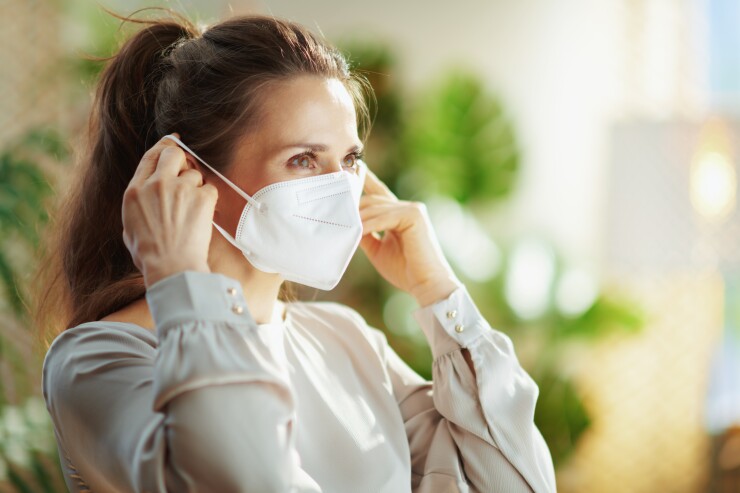While the Federal COVID-19 Public Health Emergency and
COVID has killed between 500 and 1,000 people each week this summer, with over 1.1 million deaths in total since March 2020, according to the CDC. The week of July 15, there were nearly 8,000 new hospital admissions due to
"While the emergencies have ended, COVID has not," says Dr. Schwartz. "We have peaks and valleys — right now, we are in a valley, but in other parts of the world we're seeing a new variant, which will be immunologically a little bit different from what we've seen in the past."
Read more:
The new variant, or the EU.1.1 strain, has hit the U.S., accounting for 1.7% of cases. While it's too soon to tell if this variant will bring different symptoms, it represents a long line of mutations of COVID-19 that make it harder for vaccines to keep up.
"We anticipate that if the virus plays out as it has in the past, it will have a greater ability to overcome any natural immunity you've built up or the immunity you've gotten from vaccines," says Dr. Schwartz. "It's very hard to predict the future with this because we get fooled at every instance."
That being said, Dr. Schwarz notes that the CDC and vaccine manufacturers are trying to push vaccines out that are more equipped to handle the newer, dominant strains. While employers are likely hesitant to require their workforce to get
Read more:
Notably, a study from the National Institute of Allergy and Infectious Diseases found that COVID damaged T-cells, which are responsible for coordinating the immune system's response to a virus; it was similar to the long-term damage caused by viruses like hepatitis C and HIV. However, those who were vaccinated saw a boost in T-cell response compared to those who were not.
"Vaccine is better than no vaccines for the vast majority of people," says Dr. Schwartz. "There may be risk with getting vaccinated, but there's risk in not getting vaccinated. We have to balance risk with reward, and vaccines help more than not."
Read more:
For year-round safety, Dr. Schwartz suggests employers check out the new CDC guidance on indoor ventilation, which has been updated to help
"This is really the time for employers to get ahead and be sure they meet whatever standards they can as far ventilation and filtration is concerned," he says. "Even if COVID didn't come back, we have other respiratory viruses like RSV and influenza. So, these measures are not going to be for naught."
Read more:
Dr, Schwartz also notes that employees should be discouraged from coming into the office when they are sick. Between providing a sufficient amount of sick days and offering remote work options, employees shouldn't need to make the trek to the office, even if it's just a cold, underlines Dr. Schwartz.
He admits that no one has all the answers, and that staying aware of COVID's continued development will be harder now that the CDC has stopped tracking cases. Still, taking extra precautions when needed can make a big difference.
"When we see the public health signal that COVID is really returning from increasing hospitalizations and [CDC] wastewater analysis, it's not a bad idea to mask indoors," he says. "And vaccinate, vaccinate, vaccinate."






